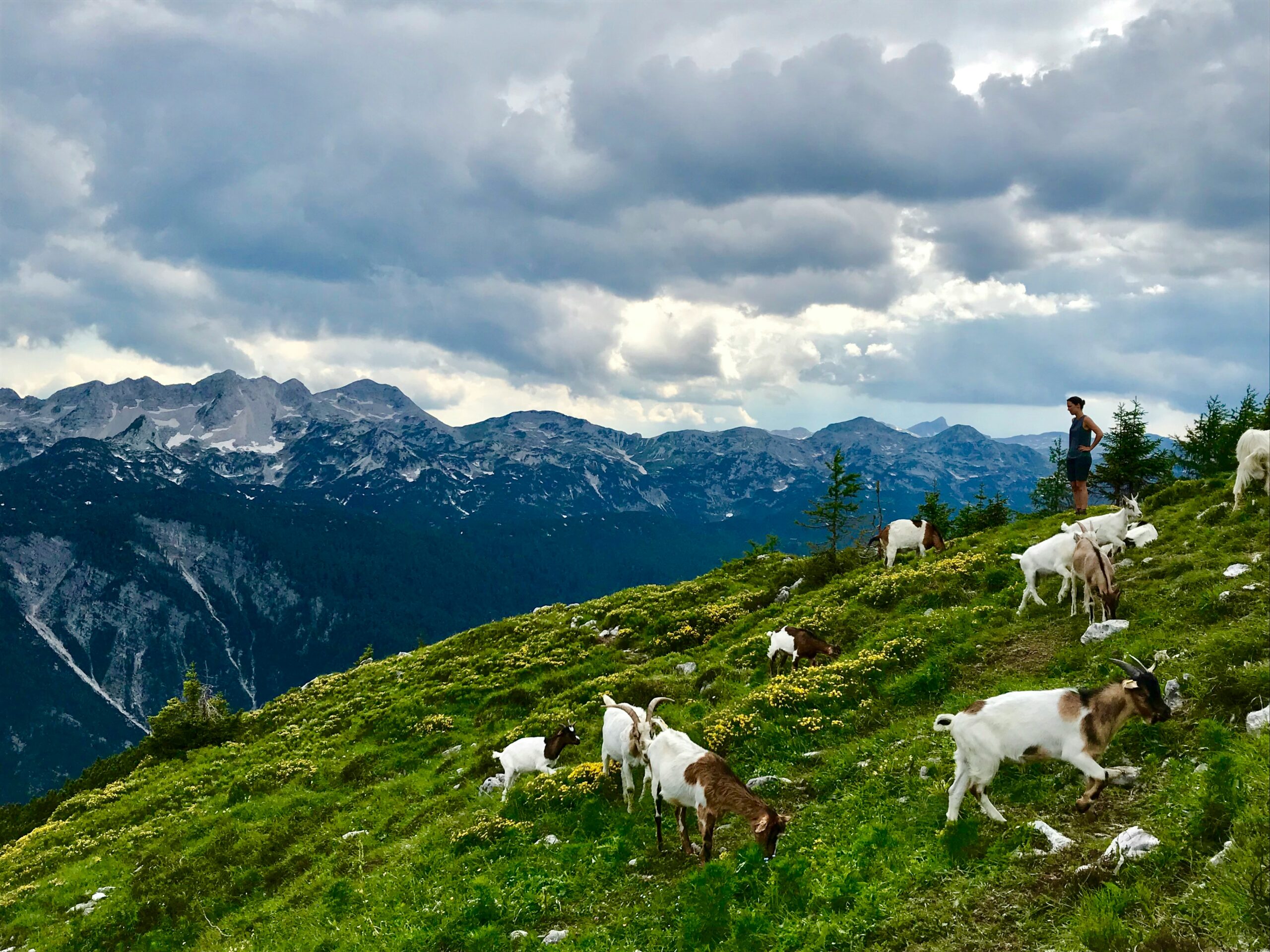Adapting to climate change by improving irrigation practice in Vipava Valley, Slovenia

This case study was originally published on the Climate-ADAPT website – for more information please visit the case study page. Climate-ADAPT aims to support Europe in adapting to climate change by helping users to access and share data and information. The platform includes the Climate-ADAPT database that contains quality checked information that can be easily searched.
Summary
The Vipava Valley is a Slovenian region characterized by favourable natural conditions for the development of intensive agriculture. However, this region is also exposed to drought, floods, frost and strong winds, which are projected to become more intense and frequent due to climate change.
Extensive measures have been applied in the region over the years to improve irrigation reliability during dry periods. Adaptation measures include the enhancement of water availability from large and small reservoirs, micro and drip irrigation, heat-resistant plants, greenhouses, and agrometeorological variable monitoring. The LIFE VIVaCCAdapt project was initiated in 2016 by launching a decision support system for irrigation (DSSI) to advance the adoption of all the measures and spread their effects. The farmers increasingly began introducing daily irrigation advice, provided by DSSI to decrease water consumption. By reducing the irrigation duration, they also use less energy, resulting in lower CO2 emissions. Consequently, while adapting to the effects of climate change, the farmers will also contribute to its mitigation.
You can read the full case study on the Climate-ADAPT website.
(0) Comments
There is no content